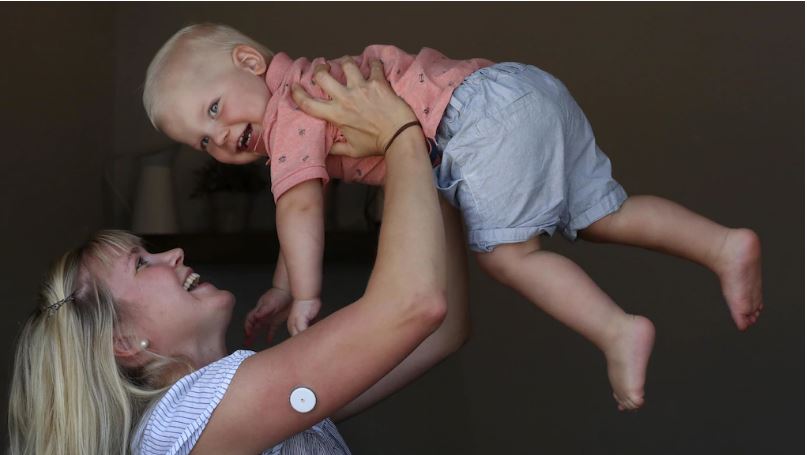Search

News & Events
Research roundupOur researchers have been busy. Here's a look at some of their work to be published recently.

News & Events
Thank you Greenbushes!The tiny south west town of Greenbushes has again proved it has a big heart when it comes to raising funds for charity following the hosting of its sixth annual Fun Run and Mountain Bike Event recently.

News & Events
Hypo awareness studyYoung people are needed for a new study looking at ways to improve hypoglycaemia awareness through exercise.

News & Events
Meet MikeMeet Professor Mike Riddell. Mike is the co-founder of the Physical Activity and Diabetes Unit at York University in Toronto recently visited Perth to share his research on exercise and type 1 diabetes at the Children’s Diabetes Centre Community Forum.

News & Events
CGM program gets boostThe Federal Government will widen its continuous glucose monitoring (CGM) program next month.

News & Events
Farewell Marie-AnneAfter living in Perth for the past three years, Dr Marie-Anne Burckhardt has headed back home to continue her type 1 diabetes research.

News & Events
WA leads bid to stop young kids developing type 1In a world-first, WA researchers are trying to stop type 1 diabetes from developing in very young children by picking up red flags before symptoms appear.

News & Events
Hybrid system gets big thumbs up from AndrewJust a small taste of the hybrid closed loop pump was all it took for Andrew Parsons to jump at the chance to be involved in a longer at-home trial of the system.

News & Events
Teenagers with type 1 diabetesRead more about navigating the teen years and diabetes in The West Australian here. The story features Dr Keely Bebbington, who is the McCusker Research Fellow in Type 1 Diabetes at the Children’s Diabetes Centre, based at The Kids Research Institute Australia.

News & Events
Good news for studentsThe Children’s Diabetes Centre welcomes a new Federal Government initiative to support children with Type 1 Diabetes in schools. The two-year $6 million schools education and training program will be implemented at every school with a student with Type 1 Diabetes.
